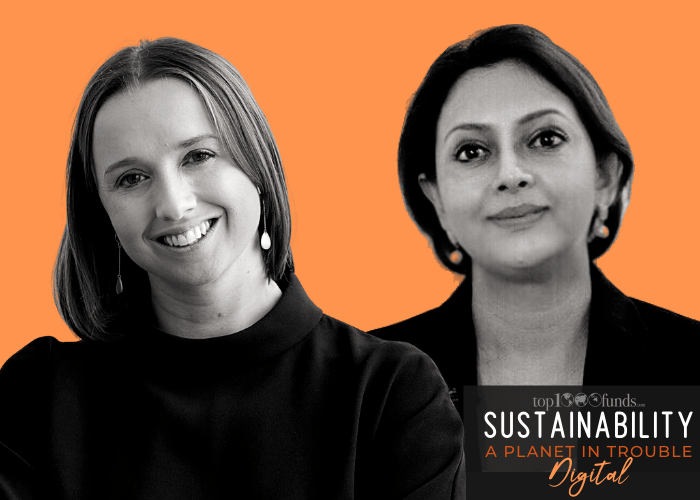Sustainability bonds issued by sovereign governments in developing and emerging markets offer exciting investor opportunities. The proceeds are used for impact and allow investors to target real change in sectors like health and education.
Sovereign debt investors in emerging economies are increasingly changing strategy to integrate sustainability, said Farah Hussain, senior financial officer at the World Bank Treasury which has issued debt in the capital markets to help developing countries finance their economies for more than 70 years.
Speaking at ‘Sustainability Digital; A Planet in Trouble” she observed a huge investor shift towards sustainability, outlining the bank’s work with both investors and the finance and debt management offices of sovereign governments in emerging economies to help them to understand their financing options.
She said that building an ecosystem that will attract investors involves developing green bond regulations and taxonomies.
“It is really heartening to see how the green bond market has developed and attained a critical mass,” she said. “Add to this social and sustainable-linked bonds, and we expect this market to really blossom.”
However, she noted that the market only accounts for a small share of total emerging market issuance and that state-owned industries in emerging economies particularly need to connect with investors to channel finance to sustainable activities.
Furthermore countries need to do more to connect with investors on sustainability. She urged debt management offices in emerging economies to capture the moment with timely data and information.
“It is very important that public debt management officers and finance ministries engage with investors and ensure they have the most up to date information,” she said.
She highlighted Uruguay’s high positioning in ESG indexes because it proactively and consistently provides good quality ESG information for investors although it has never issued a sustainability bond.
Mary-Therese Barton, head of emerging market debt at Pictet Asset Management, described institutional investment in sustainable emerging market fixed income as the missing part of the ESG jigsaw.
Encouraging signs of change include more detailed reference to ESG in emerging market sovereign bond roadshows. For example, investors recently questions Saudi Arabia on female participation in the work force, she said. Other signs of progress include Chile announcing it will only issue sustainable Eurobonds in the future.
“It is setting the scene for ESG integration in the emerging bond world,” she said.
Panellists said it requires a new level of investor research and dialogue – and sovereign engagement. For example, investors will need insight into school funding programs in South Africa, or health initiatives in Brazil. It’s a new process for investors, many of whom have historically said it is too hard to integrate ESG into sovereign bond allocations where there are no voting rights.
The World Bank’s Hussain noted other encouraging signs of change like local pension funds in markets like Mexico increasingly buying their own sovereign sustainable debt.
The discussion espoused the importance of stewardship, governance and transparency. If governments create strong frameworks to ensure transparency in the use of proceeds, sustainable bond issuance could unleash a wave of finance that bypasses short electoral cycles. The panellists discussed how investors have often struggled to navigate risk in emerging markets, but in a win-win, sustainable bonds could unlock the growth that makes emerging markets less risky. It would override volatile electoral cycles and target funds in social areas like education and climate change that have held back development with a material impact on growth.
Hussain explained that many investors have a lack of knowledge of the asset class. A large part of the World Bank’s role is working with regulators to help build understanding of the investor benefits, particularly around diversification, pricing and impact. She said for smaller emerging economies it is particularly hard to access the right investors. Elsewhere, the World Bank helps investors navigate the currency mismatch and argues the case for these types of bonds to be part of their strategy.
Barton added that sustainable bonds could attract mainstream bond investors. She urged practitioners to tool up and take ESG integration to the next level. She noted that much of the volatility in emerging markets is linked to fast money, but emerging market debt investment is long term and dampens volatility. As for illiquidity concerns, she said sustainable bonds are outperforming counterparties offering investors performance with purpose and attracting more capital.
Hussain concluded that the World Bank is currently working on developing three taxonomies designed to give investors more clarity and comfort about what they are financing.
“We have done a lot of work in this area,” she said, adding that the work involves addressing benchmark concerns and working with small economies. “There will be a number of ground-breaking transactions from emerging market sovereigns this year. We are very hopeful about this asset class,” she said.




